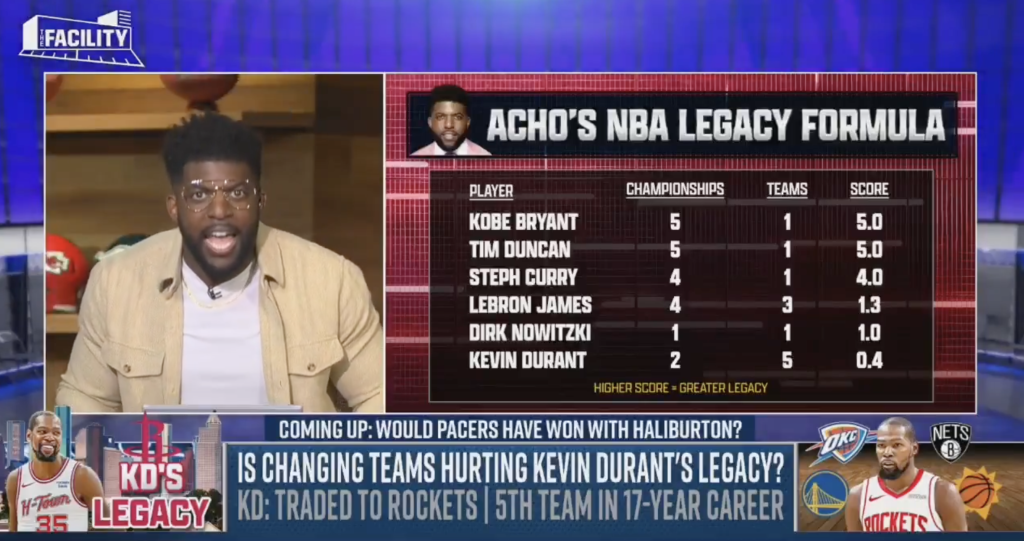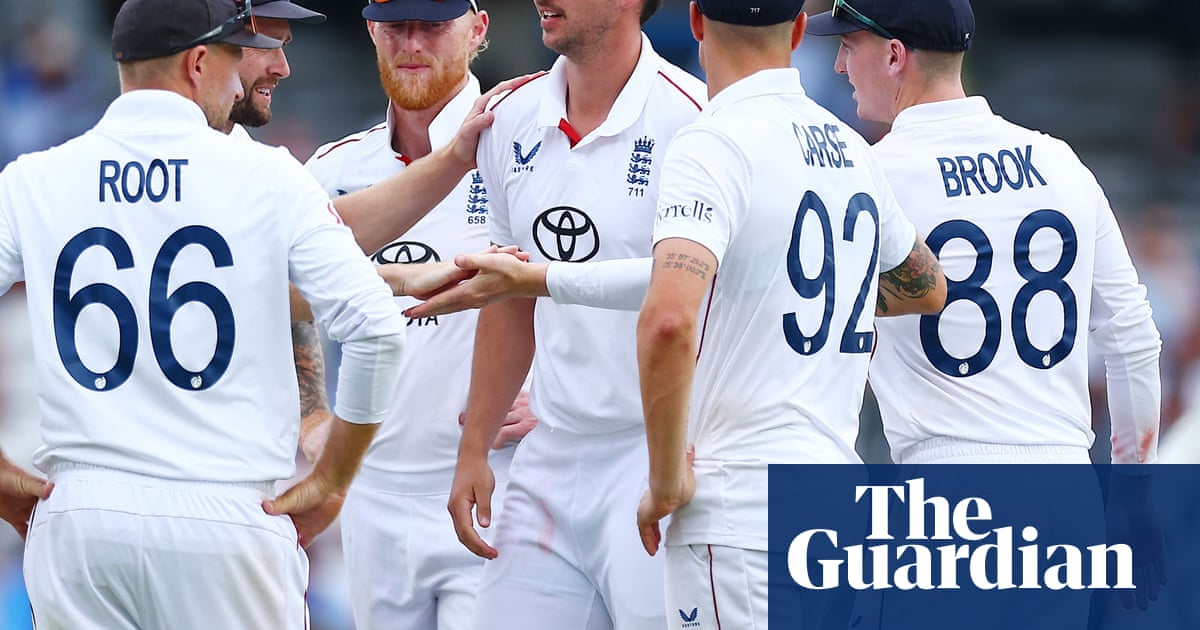DI Board of Directors formally adopts changes to roster limits

The Division I Board of Directors on Monday adopted additional changes to NCAA rules to implement the court-approved House settlement. The changes — which codify roster limits, including legislated exceptions for current student-athletes whose roster spots would have been impacted by those limits — are effective July 1."With the court's approval of the House settlement, college sports are entering a new era of increased benefits for college athletes," said Tim Sands, chair of the board and president at Virginia Tech. "Today's vote to codify the roster provisions of the settlement formally removes limits on scholarships for schools that opt in, dramatically increasing the potential available scholarships for student-athletes across all sports in Division I."Moving forward, NCAA rules for Division I programs will no longer include sport-specific scholarship limits. Instead, schools in the defendant conferences and others that opt in to the settlement rules and associated benefits to student-athletes will have roster limits, and schools will have the option to offer scholarships to any and all of those student-athletes. This change will dramatically increase the number of scholarships potentially available to Division I student-athletes, including more than doubling the possible number of scholarships that can be offered to women. NCAA schools have a deadline of June 30 to indicate whether they intend to opt into the settlement for the 2025-26 academic year.The rules changes include legislated exceptions for current student-athletes with remaining eligibility whose roster spots would have been impacted by immediate implementation of the roster limits. Those designated student-athletes will be identified by their current or former schools, and regardless of the school for which they participate, they will not count toward that school's roster limits for the duration of their eligibility.The division's core guarantees — which include scholarship protections — are not impacted by the rules changes. If a student-athlete receiving athletics aid loses a roster spot for roster management, athletics performance reasons, or due to injury, that student-athlete's scholarship cannot be revoked unless and until the student chooses to transfer.A document containing frequently asked questions and the answers to those questions was released shortly after settlement approval and will be updated as appropriate.Decision-Making Working GroupThe board received an update from the Decision-Making Working Group on recommendations that, if adopted at the board's August meeting, would restructure governance in Division I.After weeks of soliciting membership feedback, via surveys and receiving direct correspondence from stakeholders, the working group met again in mid-June and made some modifications to its original concepts for committee composition and structure.The working group's recommendations would streamline decision-making, creating a flatter and more agile governance structure that would enable Division I to act more quickly when changes are needed. A more streamlined structure would also more clearly delineate where responsibility for membership decisions lies, thus increasing member schools' accountability for rules they propose and adopt.The recommended structure would, however, continue to highlight the tie between college sports and academics, focus on increased athletics opportunities, and emphasize providing a safe and healthy athletics environment. It will also protect access to championships for all Division I conferences and preserve existing revenue distribution formulas.If ultimately adopted in August, the Division I governance structure will comprise:The Division I Board of Directors , which will maintain oversight over the division's finances, litigation and the NCAA infractions process (for violations or rules unrelated to the settlement terms)., which will maintain oversight over the division's finances, litigation and the NCAA infractions process (for violations or rules unrelated to the settlement terms). The Administrative Committee , which will report to the board and will have legislative oversight for rules not included in the settlement., which will report to the board and will have legislative oversight for rules not included in the settlement. The Academics and Eligibility Committee , which will report to the Administrative Committee and which — via two subcommittees — will have oversight over minimum standards for academics and athletics eligibility requirements., which will report to the Administrative Committee and which — via two subcommittees — will have oversight over minimum standards for academics and athletics eligibility requirements. The Membership Committee , which will report to the Administrative Committee and will have oversight over minimum national standards for NCAA and conference membership requirements., which will report to the Administrative Committee and will have oversight over minimum national standards for NCAA and conference membership requirements. The Student-Athlete Advisory Committee , which will report directly to the Division I Board of Directors., which will report directly to the Division I Board of Directors. Sport-specific oversight committees, which will report to the Administrative Committee when needed and will have authority over playing and practice seasons, recruiting rules, Division I playing rules and championship administration. Sport oversight committees already exist in football (Football Bowl Subdivision and Football Championship Subdivision) and men's and women's basketball.For all of the committees, the working group determined that voting representation — including the weighted voting for autonomy conferences, totaling approximately 65% on each committee — was appropriate, reflecting the recognizable prominence of the schools competing in those conferences, as well as the increased legal scrutiny those conferences face as compared with their peers.The working group supported seats designated for certain subdivisions in Division I being populated by representatives from schools or conference offices.Conference membership requirementsIn April, the board directed NCAA staff to share concepts for potential adjustments to conference membership requirements with NCAA members for feedback.After reviewing the feedback from NCAA members, the board took no action, noting a broad lack of support for changes at this time. Although the board will not consider any further changes to the conference membership requirements in the near future, it will consider a moratorium on applications for schools reclassifying from Division II and III to Division I during its Aug. 5 videoconference.










